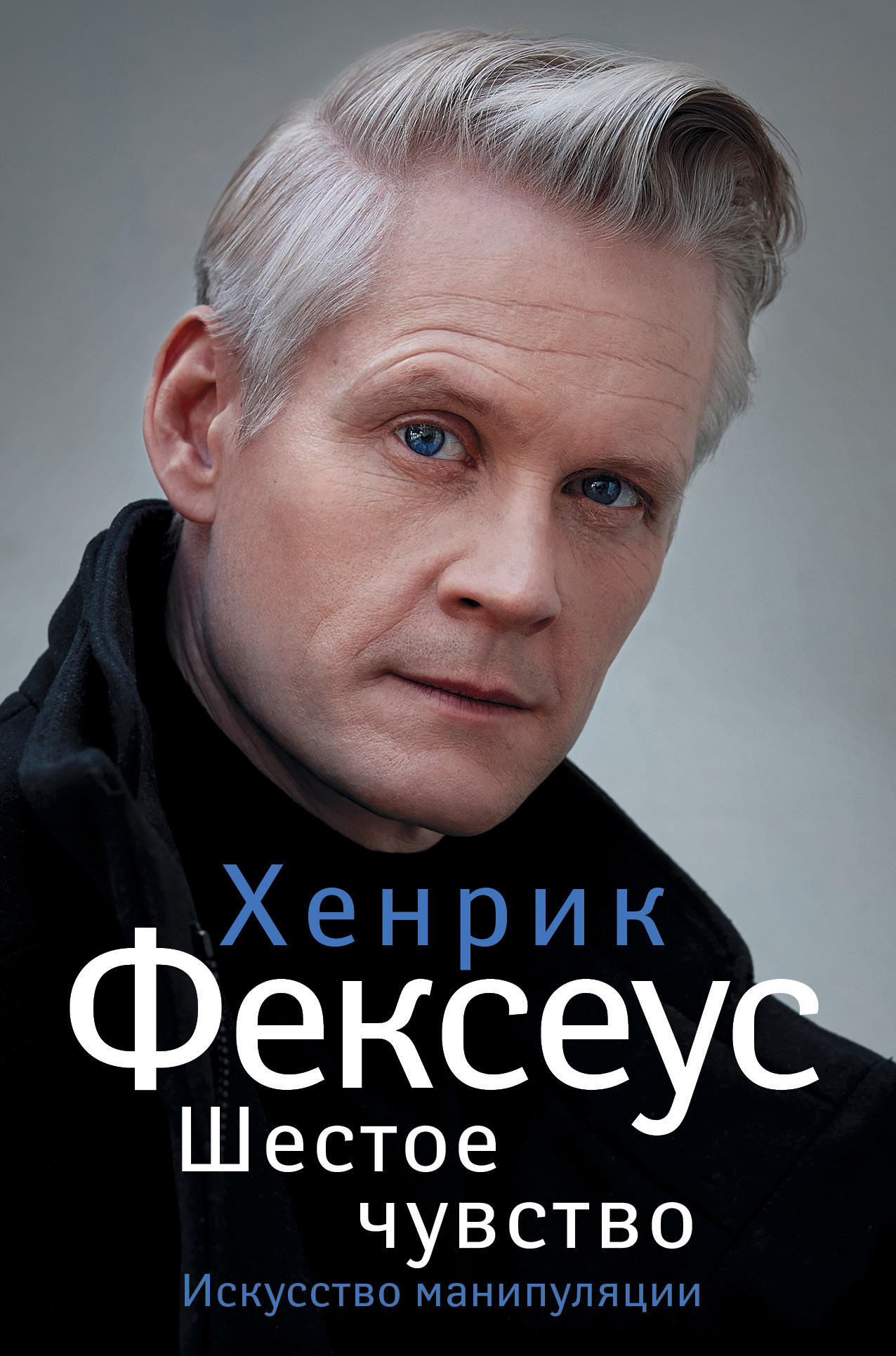для раскрытия лучшего в людях, этого уже более, чем достаточно.
Лично я считаю, что у нашего существования нет определенной цели. Но сейчас мы по какой-то причине находимся здесь. Так почему бы не извлечь из этого максимум. Герберт Спенсер ошибался. Жизнь – это не одиночный забег и соперничество с другими. Это танец, который мы танцуем вместе. Остается только один вопрос: кого вы хотите пригласить первым?
10. Литература и источники
Если меня хорошо видно, это потому, что я стою на плечах великана.
Те знания, которые я пытаюсь передать в этой книге, гораздо подробнее раскрыты в следующих работах и публикациях:
• Bavelier, Daphne, 2012, Your brain on video games, TEDxCHUV, Lausanne, Schweiz
• Beauchamp, Michael, 2015, The social mysteries of the superior temporal sulcus, Cell Press Blum, Deborah, 2003, Love at Goon Park: Harry Harlow and the Science of Affection, John Wiley & Sons Ltd.
• Bolton, Robert, 1979, People Skills: How to assert yourself, listen to others, and resolve conflict, Touchstone / Simon & Schuster, Inc.
• Brafman, Ori & Rom, 2010, Click: The magic of instant connections, Broadway Books Carr, Nicholas, 2010, The Shallows: What the Internet is doing to our brains, W. W. Norton & Company, Inc.
• Carrey, Jim, 2014, ”Jim Carrey’s Commencement Address at the 2014 MUM Graduation” https://www.youtube.com/watch?v=V80-gPkpH6M
• Ciaramicoli, Arthur & Ketcham, Katherine, 2000, The Power of Empathy: A practical guide to creating intimacy, self-understanding and lasting love, Piatkus Limited
• Crusco, April H., & Wetzel, Christopher G., 1984, The Midas Touch: The Effects of Interpersonal Touch on Restaurant Tipping, Personality and Social Psychology Bulletin vol. 10, 512—517
• Darmell, Micke, 2013, Uppkopplad eller avkopplad, Roos & Tegnér
• De Waal, Frans, 2009, Empatins Tidsålder: Hur naturen lär oss skapa ett humanare samhälle, Karneval Förlag
• Dimberg, Ulf & Thunberg, Monika, & Elmehed, Kurt, 2000, Unconscious Facial Reactions to Emotional Facial Expressions, Psychological Science, 86—89
• Dimnet, Ernest, 1929, Konsten Att Tänka, Bokförlaget Natur & Kultur
• Dixon, Norman F, 1987, Our own worst enemy, Jonathan Cape
• Dunbar, Robin, 2010, How many friends does one person need?: Dunbar’s number and other evolutionary quirks, Harvard University Press
• Egan, Gerard, 1975, The Skilled Helper: An introduction to systematic counselor and human relationships training, Brooks/Cole Publishing Company
• Epley, Nicolas, 2014, Mindwise: How we understand what others Think, Believe, Feel and Want, Alfred A. Knopf
• Festinger, Leon & Schachter, Stanley & Back, Kurt, 1950, Social Pressures in Informal Groups: A study of human factors in housing, Stanford University Press
• Garner, Alan, 1997, Conversationally Speaking, McGraw-Hill
• Gilbert, Sara Jane, 2007, Are great teams less productive? http://hbswk.hbs.edu/item/are-great-teams-less-productive
• Goleman, Daniel, 2007, Social Intelligence: The New Science of Human Relationships, Arrow Books
• Gottman, John, 2002, 7 gyllene regler för en lycklig kärleksrelation, Natur & Kultur
• Haseltine, Eric, 2016, A New And Better Way To Read People, Psychology Today
• Harrie, Eva, 2016, Tv-tittande i Norden 2015, Nordicom http://www.nordicom.gu.se/sv/mediefakta/nyheter/tv-tittande-i-norden-2015
• Jack, Rachael, & Garrod, Oliver, & Schyns, Philippe, & Yu, Hui, & Caldarac, Roberto, 2012, ”Facial expressions of emotion are not culturally universal”, PNAS vol. 109, 7241–7244, Stanford University
• Jack, Rachael, & Garrod, Oliver, & Schyns, Philippe, 2014, Dynamic Facial Expressions of Emotion Transmit an Evolving Hierarchy of Signals over Time Current Biology 24, 187–192, Elsevier Ltd
• Keysers, Christian & Gazzola, Valeria, 2009, Expanding the mirror: vicarious activity for actions, emotions, and sensations, Current Opinion in Neurobiology vol. 19, 666—671
• Korb, Sebastian & With, Stephane & Niedenthal, Paula & Kaiser, Susanne & Grandjean, Didier, 2014, The Perception and Mimicry of Facial Movements Predict Judgments of Smile Authenticity, PLOS ONE vol. 9, e99194
• Krznaric, Roman, 2014, Empathy: Why it mattes, and How to get it, Perigree / Penguin Press
• Lassen, C. L., 1973, Effect of Proximity on Anxiety and Communication in the initial Psychiatric Interview, Journal of Abnormal Psychology vol. 18, 220-23
• Lowndes, Leil, 2003, How to talk to anyone: 92 little tricks for big success in relationships, McGraw-Hill
• McGinnis, Alan Loy, 1985, Bringing Out the Best in People: How to enjoy helping others excel, Augsburg Books
• McLaren, Karla, 2013, The Art of Empathy: A complete guide to life’s most essential skill, Sounds True, Inc.
• Mobile Marketing Association, 2016, Industry overview, http://www.mmaglobal.com/about/industry-overview
• Moreland, Richard & Beach, Scott, 1992, Exposure Effects in the Classroom: The Development of Affinity Among Students, Journal of Experimental Social Psychology 28, 255—276
• Newman, Martyn, 2014, Emotional Capitalists: The ultimate guide to developing emotional intelligence for leaders, RocheMartin
• Nie, Norman H. & Hillygus, D. Sunshine, 2002, The Impact of Internet Use on Sociability: Time-Diary Findings, Society https://www.researchgate.net/publication/247901330_The_Impact_of_Internet_Use_on_Sociability_Time-Diary_Findings
• Nielsen Company, The, 2013, The Mobile Consumer: A Global Snapshot, Nielsen
• Patterson, Kerry & Grenny, Joseph & McMillian, Ron & Switzler, Al, 2012, Crucial Conversations: Tools for talking when stakes are high, McGraw-Hill Education
• Patterson, Kerry & Grenny, Joseph & McMillian, Ron & Switzler, Al, & Maxfield, David, 2013, Influencer: The new science of leading change, McGraw-Hill Education
• Pentland, Alex (Sandy), 2008, Honest Signals: How they shape our world, Massachusets Institute of Technology / The MIT Press
• Pentland, Alex (Sandy), 2010, To signal is human: Real-time data mining unmasks the power of imitation, kith and charisma in our face-to-face social networks, American Scientist, vol. 98, 204-2011, Sigma Xi
• Richardson, Jerry, 2000, The Magic of Rapport: How you can gain personal power in any situation, Meta Publications
• Sathré-Eldon, Freda S., 1977, Let’s Talk, Longman
• Schafer, Jack, 2015, The Like Switch, Touchstone / Simon & Schuster, Inc.
• Shirky, Clay, 2010, Cognitive Surplus: Creativity and generosity in a connected age, The Penguin Press
• Silberman, Mel, 2000, PeopleSmart: Deveolping your Interpersonal Intelligence, Berrett-Koehler Publishers, Inc.
• Small, Gary & Vorgan, Gigi, 2008, iBrain: Surviving the technological alteration of the modern mind, Collins Living / HarperCollins Publishers
• Steele, Fred I., 1973, Physical Settings and Organization Development, Addison-Wesley Publising Company, Inc.
• Stone, Douglas & Petton, Bruce & Heen, Sheila, 2010, Difficult Conversations: How to discuss what matters most, Portfolio Penguin
• University of Leeds, 2008, Go With Your Gut – Intuition Is More Than Just








